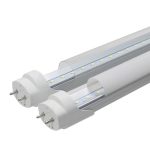Read with Ease: Discovering the Best LED Light Color for Your Eyes
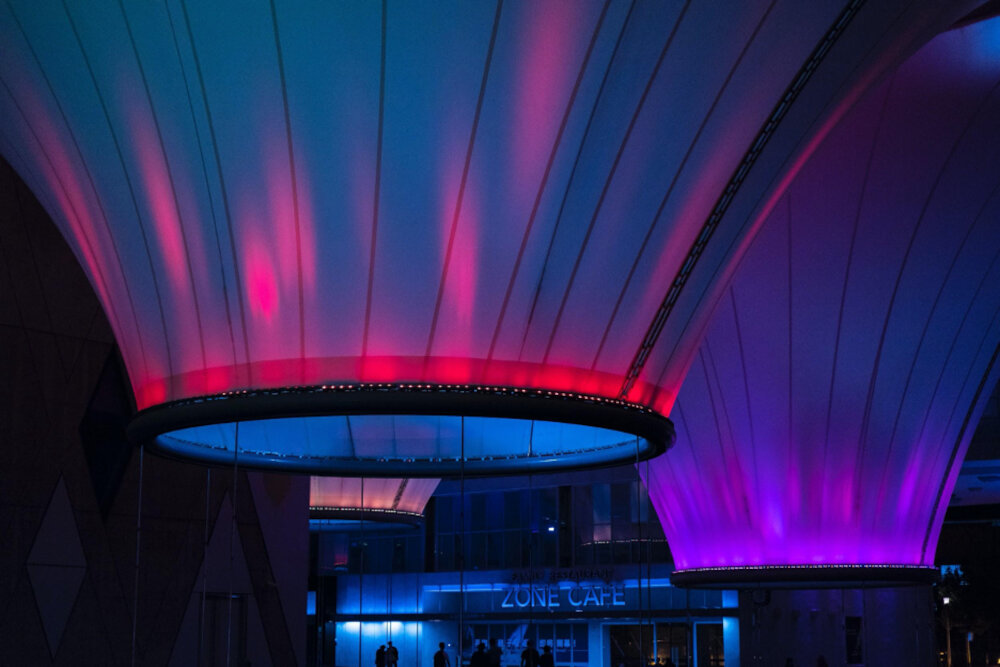
In the digital age, reading has become an important part of our daily lives, whether it’s for work, school, or leisure. However, prolonged reading on electronic devices such as smartphones, tablets, and computers can strain our eyes and cause discomfort. One way to alleviate this problem is by choosing the best LED light color for your eyes while reading. LED lights have become a popular lighting solution due to their energy efficiency and versatility. They come in different colors, and each color has a unique impact on our eyes and overall well-being. In this article, we’ll explore the different types of LED light colors and their effects on our eyes, and help you find the perfect LED light color for your reading needs.
Choosing the right LED light color is crucial for maintaining eye health as it can significantly affect your vision and overall well-being. Different colors of LED lights have varying wavelengths, and exposure to blue light, in particular, can cause eye strain, headaches, and disrupt our natural sleep patterns. Moreover, excessive exposure to blue light can result in the development of macular degeneration, which can lead to permanent vision loss. Therefore, it is essential to choose LED lights that emit a warm, yellowish spectrum that is less harmful to the eyes and promotes better sleep quality. By selecting the right LED light color, we can protect our vision, improve our mood and productivity, and enhance our overall quality of life.
Light plays a significant role in our daily lives, and with the ever-increasing time we spend in front of screens, it is important to understand the impact of light on our eyes. LED lights are becoming increasingly popular for their energy efficiency and cost-effectiveness, but not all LED lights are created equal. The color temperature of LED lights can have a significant impact on our eyes and overall health. In this article, we will explore the best LED light color for your eyes and provide tips for creating a comfortable and healthy lighting environment.
Understanding LED Light Colors

Understanding LED light colors is crucial to finding the perfect lighting for your space. LED lights come in a range of colors, each with its unique characteristics that can affect the mood, atmosphere, and functionality of a room. Warm white LED lights, for example, create a cozy and relaxing ambiance, making them ideal for bedrooms and living rooms, while cool white LED lights are perfect for task lighting in kitchens and home offices. Daylight LED lights, which mimic natural light, are perfect for spaces where people spend a lot of time, such as offices and classrooms. Knowing the various LED light colors and where to use them can help you create a well-lit and inviting space. It’s essential to understand the color temperature of LED lights when choosing the right one for your eyes. Color temperature refers to the hue of light emitted by the bulb, measured in Kelvin (K). Lower Kelvin values indicate warmer light, while higher Kelvin values indicate cooler light. For example, 2700K LED lights are warm and cozy, while 5000K LED lights are cool and crisp. The color temperature can affect how your eyes perceive the space around you, making it easier or harder to see things. Thus, selecting the right LED light color temperature will not only enhance the aesthetics of your space but also protect your eyes from strain and fatigue.
LED lights come in a variety of colors, each with its unique characteristics and effects on our eyes. The most common LED light colors are blue, green, yellow, and red. Blue light, for instance, has a short wavelength and high energy that can disrupt our sleep patterns and cause eye strain when exposed to it for prolonged periods. Green light, on the other hand, is soothing and calming to the eyes, making it an ideal choice for reading or working. Yellow light is warm and cozy, perfect for creating a relaxing and comfortable ambiance in living spaces. Finally, red light has the least impact on our eyes and is often used in low-light environments or as a decorative accent. Choosing the right LED light color can make a significant difference in our visual comfort and overall well-being.
The color temperature scale is a measure of the warmth or coolness of a light source, expressed in degrees Kelvin (K). Lower Kelvin temperatures, such as 2700K, are warm and yellowish in tone, similar to the light produced by incandescent bulbs. Higher Kelvin temperatures, such as 5000K, are cooler and bluer in tone, similar to daylight. The color temperature of a light source can have a significant impact on our visual perception and mood. For example, warm-toned lights can create a cozy and relaxing atmosphere, while cool-toned lights can promote alertness and productivity. Understanding the color temperature scale is essential when choosing the best LED light color for your eyes and overall well-being.
The color of LED lights has a significant impact on eye health. Blue light, which is emitted by LEDs, has been found to contribute to eye strain, headaches, and disrupted sleep patterns. This is because blue light has a shorter wavelength and higher energy than other colors, which can penetrate the eye more deeply and cause damage to the retina. However, not all LED lights are created equal, as some emit less blue light than others. In fact, warm white or amber-colored LED lights are best for reducing eye strain and promoting relaxation. It’s important to choose LED lights with the right color temperature to protect your eyes and enhance your overall well-being.
The Best LED Light Color for Your Eyes
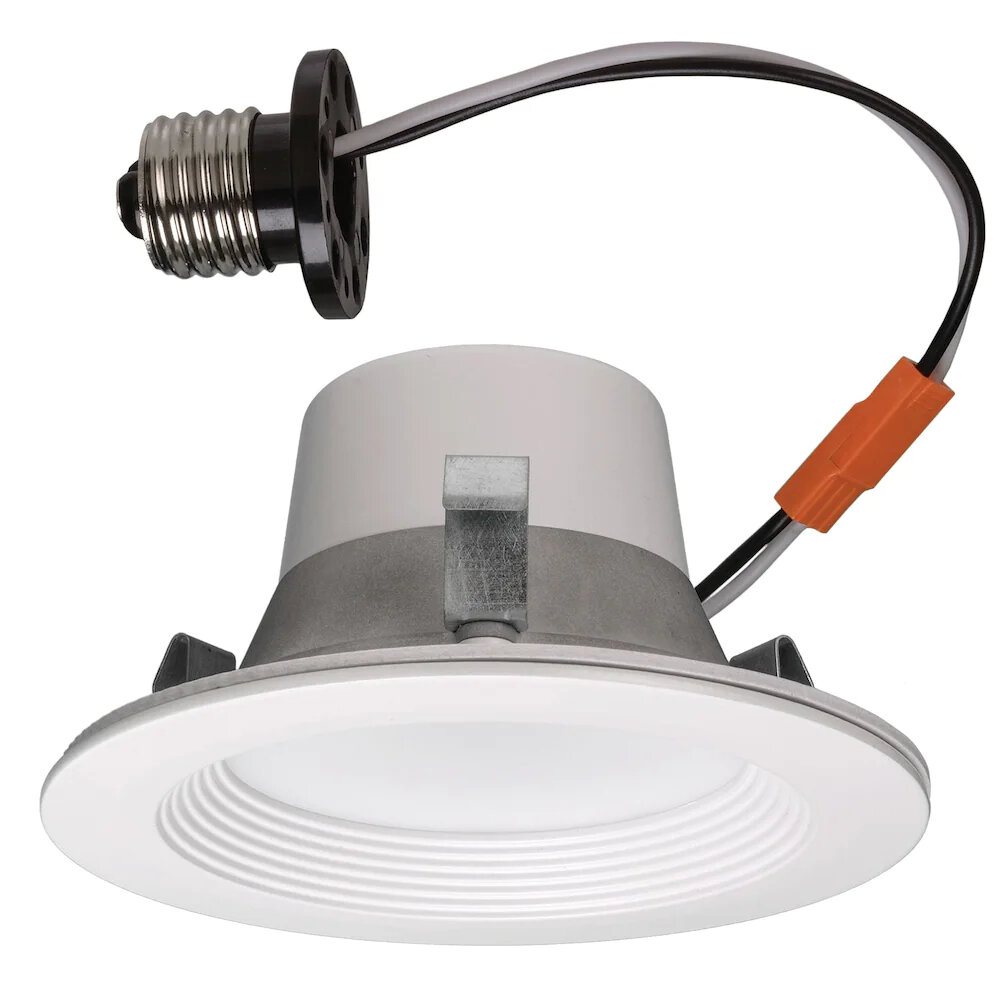
The color of the LED light you choose for your workspace or reading area can have a significant impact on the health of your eyes. It is a common misconception that brighter lights are better for reading or working. In reality, the blue light emitted by most LED lights can cause eye strain and disrupt your circadian rhythm. The best LED light color for your eyes is warm white. This color temperature is between 2700K and 3000K and creates a cozy and relaxing atmosphere. It is also easier on the eyes and helps reduce eye fatigue, making it ideal for prolonged reading sessions or working on a computer. If you spend hours in front of a computer screen, consider using a warm white LED light to reduce the strain on your eyes. Another great LED light color for your eyes is natural daylight. This color temperature is between 5000K and 6500K and mimics the natural light of the sun. It is ideal for tasks that require high levels of concentration, such as reading, writing or studying. Natural daylight also helps improve your mood and energy levels, making it a great choice for a home office or workspace. However, it is important to avoid using natural daylight LED lights for several hours before bedtime as they can disrupt your sleep. Overall, choosing the right LED light color for your eyes is essential to ensure optimal eye health and comfort.
Research has shown that the best LED light color for eye health is a warmer, yellowish hue. This color temperature, typically around 2700K, is easier on the eyes and reduces strain and fatigue. Bright, cool-toned LEDs with a higher color temperature, around 5000K or higher, can cause discomfort and even damage to the eyes over time. The warmer light not only benefits eye health, but also aids in relaxation and better sleep. It’s important to choose the right LED light color for your needs, and taking into consideration the impact on your eyes is a crucial factor in creating a healthy and comfortable environment.
The blue light that is emitted from electronic devices, such as smartphones, laptops, and tablets, has been shown to have a detrimental effect on eye health. This is because blue light has a shorter wavelength and higher energy than other colors on the visible light spectrum, which can penetrate more deeply into the eye and cause damage to the retina. Prolonged exposure to blue light can lead to digital eye strain, which can cause symptoms such as headaches, blurred vision, and dry eyes. Additionally, exposure to blue light at night can disrupt the body’s natural sleep-wake cycle, leading to insomnia and other sleep disorders. To protect your eyes from the harmful effects of blue light, it is recommended to use blue light filters or wear blue light-blocking glasses when using electronic devices for extended periods of time.
When it comes to LED light colors, certain hues can have a significant impact on eye health. Blue light, for example, has been shown to disrupt circadian rhythms and interfere with sleep. It can also cause eye strain and lead to digital eye strain symptoms such as dry eyes and headaches. On the other hand, warm light colors such as red, orange, and yellow can help promote relaxation and improve sleep quality. Additionally, these colors are less likely to cause eye strain and are considered more comfortable for prolonged use. Ultimately, choosing the right LED light color can make a big difference in protecting your eye health and ensuring a comfortable reading experience.
Choosing the Right LED Light Color for Your Home and Office
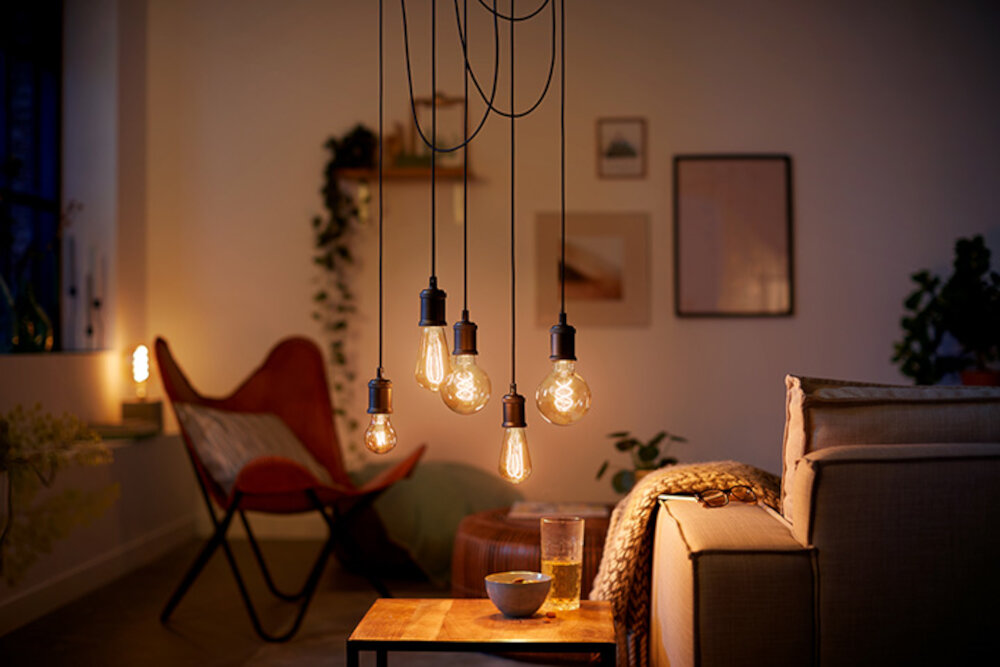
Choosing the right LED light color for your home and office can make a significant difference in your overall well-being and productivity. The color temperature of LED lighting can affect your mood, energy level, and even your sleep quality. Therefore, it is essential to choose the right LED light color that suits your needs and preferences. For example, warm white LED light with a color temperature of 2700K-3000K can create a cozy and relaxing atmosphere, which is perfect for bedrooms and living rooms. On the other hand, cool white LED light with a color temperature of 4000K-5000K can improve your focus and concentration, making it ideal for workspaces and offices. When choosing the right LED light color, it is also crucial to consider the color rendering index (CRI) of the light. CRI measures how accurately the light source shows the true colors of objects, and it ranges from 0 to 100. The higher the CRI, the more accurate the colors appear. For example, a CRI of 80 or above is considered good, while a CRI of 90 or above is excellent. Therefore, if you want to showcase the true colors of your artwork or furniture, you should choose an LED light with a high CRI. Additionally, you should also consider the lumens output, which measures the brightness of the light. A higher lumens output means a brighter light, which is suitable for areas that require more illumination.
Choosing the right LED light color for different rooms in your home can be a daunting task, but it is essential to create a comfortable and cozy ambiance. For instance, warm white LED lights are ideal for living rooms, bedrooms, and dining rooms, as they provide a relaxing and inviting atmosphere. On the other hand, cool white LED lights are best suited for kitchens, bathrooms, and workspaces, as they offer a bright and energizing environment. However, it is crucial to consider factors such as the room’s size, furniture, and color scheme before selecting the LED light color. Additionally, dimmer switches can be installed to adjust the light intensity and create a more intimate atmosphere.
When selecting the best LED light color for your office or workspace, it’s important to consider the type of work you’ll be doing and the atmosphere you want to create. For tasks that require intense focus, such as reading or detailed work, a cooler light with a higher color temperature, such as daylight white or cool white, is recommended. This type of light can help improve concentration and reduce eye strain. On the other hand, for areas where relaxation and comfort are more important, such as break rooms or waiting areas, a warmer light with a lower color temperature, such as soft white or warm white, may be more suitable. It’s also important to consider the color rendering index (CRI) of the LED light, which measures how accurately colors appear under the light source. A high CRI is desirable for spaces where color accuracy is important, such as design studios or art galleries.
Adjusting LED light color settings on electronic devices can be a straightforward process. First, locate the display settings on your device, which is typically found in the system settings or display settings. Once you have accessed the display settings, look for the option to adjust the color temperature or color mode. Depending on your device, you may be able to choose between a few preset color modes or adjust the color temperature manually. To find the best LED light color for your eyes, it’s recommended to choose a warmer color temperature, around 2700K-3000K, as it is easier on the eyes and can help reduce eye strain. Experiment with different color modes and temperatures to find the perfect setting for your comfort and productivity.
Other Tips for Maintaining Eye Health with LED Lights

In addition to choosing the right color temperature for your LED lights, there are other tips to consider when it comes to maintaining eye health. One important factor is the brightness of the lights. LED lights can be very bright, which can cause eye strain and fatigue over time. To avoid this, it’s important to adjust the brightness of your LED lights to a comfortable level. Many LED lights come with dimmer switches or can be controlled with a smart home system, which makes it easy to adjust the brightness as needed. Additionally, it’s important to avoid staring directly at LED lights for extended periods of time, as this can cause eye strain and damage. Another tip for maintaining eye health with LED lights is to take regular breaks. If you’re working or reading under LED lights for an extended period of time, it’s important to take breaks every 20-30 minutes to rest your eyes. During these breaks, you can look away from the screen or book and focus on a distant object to help reduce eye strain. Additionally, it’s important to stay hydrated throughout the day, as dehydration can cause dry eyes and other eye problems. By following these tips and choosing the right LED light color temperature, you can maintain good eye health and enjoy your favorite activities without discomfort or strain.
Reducing eye strain while using electronic devices is crucial to prevent eye fatigue and discomfort. One effective way to reduce eye strain is to adjust the brightness and contrast of your device’s screen to a comfortable level. Additionally, taking frequent breaks and practicing the 20-20-20 rule can help alleviate eye strain. The 20-20-20 rule involves looking away from your screen every 20 minutes and focusing on an object 20 feet away for 20 seconds. Using proper lighting is also important in reducing eye strain. Choosing the right LED light color can make a significant difference in reducing eye fatigue and improving visual comfort. A warm white LED light with a color temperature of around 2700K is recommended for optimal eye health and comfort.
Taking breaks from screens is crucial for maintaining good eye health and preventing eye strain. It is recommended to take a 20-20-20 break, which means looking away from the screen every 20 minutes and focusing on an object 20 feet away for 20 seconds. Additionally, it is important to take frequent breaks from screen time altogether, such as getting up and moving around, doing some stretches or exercises, or engaging in a different activity that doesn’t involve screens. By taking these breaks, you can give your eyes a much-needed rest and reduce the risk of eye fatigue and other related issues.
Blue light emitted from electronic devices can cause eye strain, disrupt sleep patterns and even damage the retina. To reduce exposure to blue light, there are a few simple tips that can be followed. Firstly, take regular breaks from electronic devices and try to limit screen time. Secondly, adjust the brightness of screens to a comfortable level and consider using blue light filters or apps to reduce exposure. Lastly, try to avoid using electronic devices before bed and instead, switch to reading physical books or using warm light lamps to promote a better sleep cycle. These tips can help to reduce the negative effects of blue light and promote healthier eyes and sleep patterns.
The right LED light color is crucial for maintaining good eye health. This is because prolonged exposure to harsh blue light, which is present in most LED lights, can cause eye strain, headaches, and even disrupt sleep patterns. By choosing LED lights with warmer hues, such as yellow or orange, you can reduce the amount of blue light your eyes are exposed to, and thus, minimize these negative effects. Additionally, selecting the appropriate LED light color can also enhance reading and studying experiences, making it easier to focus and retain information. Therefore, taking the time to consider the LED light color in your home or workspace can have significant benefits for both your eye health and overall productivity.
To maintain good eye health when using LED lights, it is important to follow some simple guidelines. Firstly, try to reduce glare by using anti-glare screens or filters on your devices. Secondly, take regular breaks from staring at screens and focus on objects at different distances to reduce eye strain. Thirdly, adjust the brightness and color temperature of your devices to reduce blue light exposure, which can disrupt sleep patterns. Finally, make sure you have enough light in your environment to avoid squinting, which can cause eye strain and headaches. By following these tips, you can protect your eyes and enjoy the benefits of LED lighting.
Conclusion
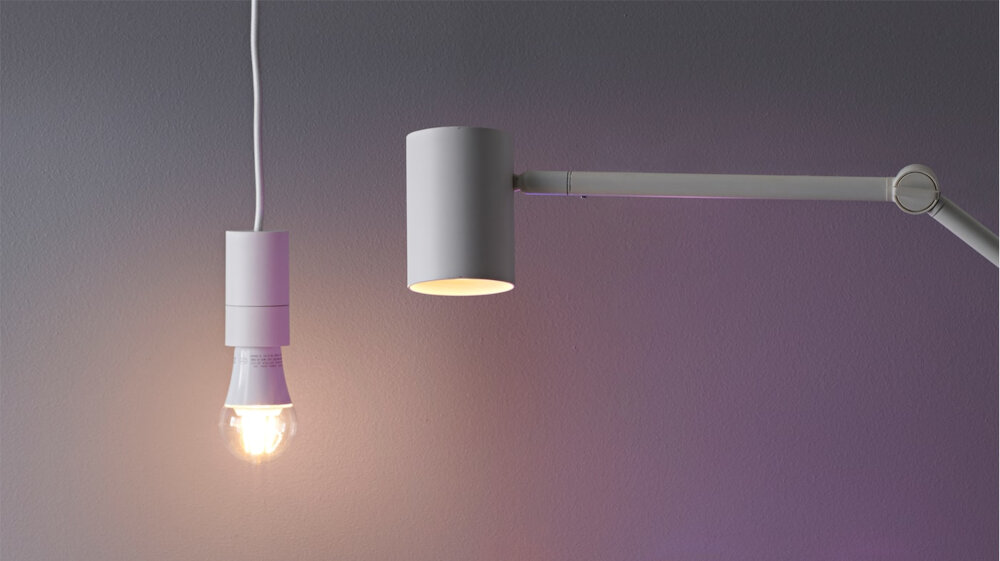
In conclusion, selecting the appropriate LED light color for your eyes is crucial for comfortable and healthy reading experiences. The right choice can reduce eye strain, headaches, and other eye-related problems. While it is essential to choose a color that matches the task and the environment, warm white and natural white LED lights are the best options for reading. They provide a comfortable and relaxing atmosphere, enhance visual clarity, and minimize the risk of eye fatigue. Therefore, it is recommended that you consider the color temperature of the LED light before purchasing one for reading purposes. By doing so, you can enjoy your reading time without compromising your eye health and well-being.


